7 Ways to Help Students Self Assess Effectively
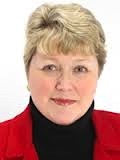 By Barbara Blackburn
By Barbara Blackburn
Although our assessment of students is critical to learning, we also want students to learn to assess themselves. Encouraging students to take measures of their own learning is more rigorous than the teacher providing all the assessment.
As always, with greater rigor comes plenty of support. We can’t expect students to immediately grasp what it means to gauge their own academic progress.
Let’s look at four strategies that allow students to provide a brief snapshot of their learning, then three that are more detailed.
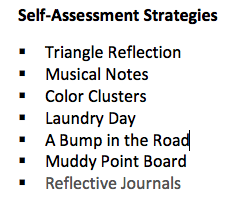
Triangle Reflection
Melinda Crean, author of Top Notch Teaching, shares a way to have students reflect on where they are in the process of learning. Using triangles, she asks students to choose their level of learning.
Musical Notes/Color Clusters
Carolyn Chapman and Rita King in their book Differentiated Assessment Strategies: One Tool Doesn’t Fit All provide two ways for students to share how well they understand the content. Both require students to think about their own learning and identify their progress. In musical notes, students use songs to identify their learning stage.
Similarly, in color clusters, students label their learning progress through a series of colors.
Laundry Day
Similarly, in Laundry Day, students group themselves in four categories derived from detergent brands. With the groupings you can then determine how much re-teaching needs to occur.
You also may want to ask students to provide detail on their thinking, rather than simply gauging their progress.
A Bump in the Road
With A Bump in the Road, students reflect of their learning and identify two to four points where they hit bumps in the road, or struggles. Then they partner with another student to see if they can work their way through their struggle.
Muddy Point Board
With Muddy Point Board, you designate an area in the room or a board for students to use to pin questions they have – the “muddy points” that confuse them.
You may have students do this at the end of lessons, or you may use them throughout the lesson. Not only does this provide you a perspective of their learning, it allows you to customize your instruction to their needs.
Reflective Journals
Another strategy for self-assessment is the use of reflective journals. Former middle school teacher Kendra Alston used journals with her students. She asked students to continually reflect on their learning in their daybooks, simple bound notebooks. Then she asked them to write a reflection on their learning at the end of the nine weeks. Some wrote about specific content they learned; others of her students reflected on how they learned.
You can also use journals for students to reflect on specific information about their subject area. For example, in math, students might focus on explanations.
Your students can write in their journals daily, weekly, or at the end of the month or grading period. Students can also keep their journals online in a blog format, or through Google Docs.
Conclusion
Providing students opportunities to reflect and self-assess is an important part of your instruction. It allows students to take ownership of learning, and reflects a more active, rigorous approach to learning. When you use self-assessment techniques frequently, you’re gathering information “in real time” that can help fine-tune lessons and differentiate more effectively.
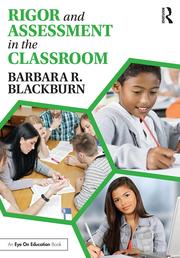
A nationally recognized expert in the areas of rigor and motivation, she collaborates with schools and districts for professional development. Barbara can be reached through her website or her blog. Follow her on Twitter @BarbBlackburn.

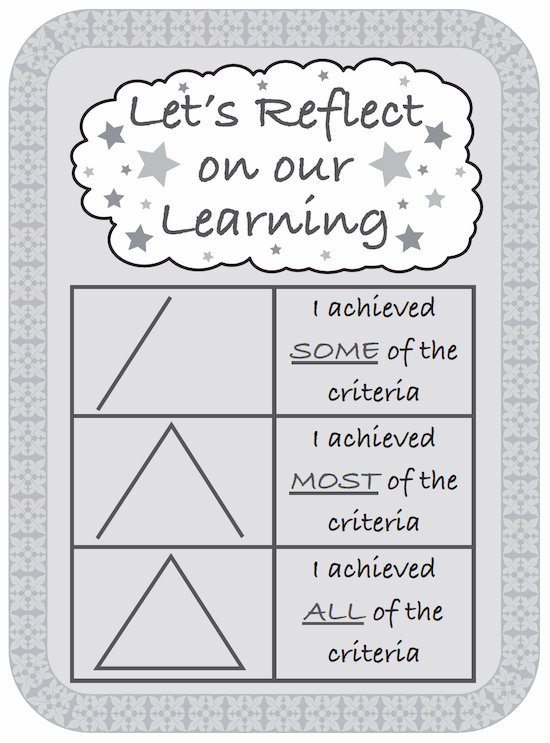
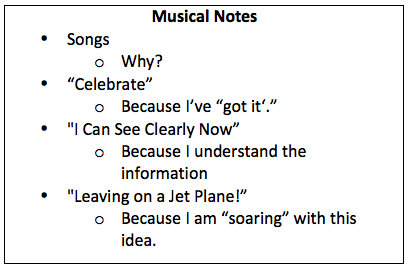
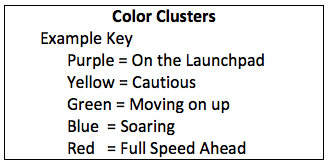


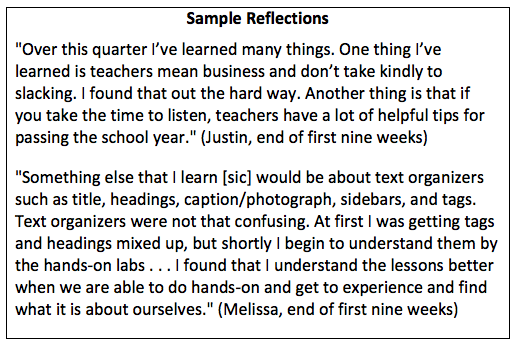
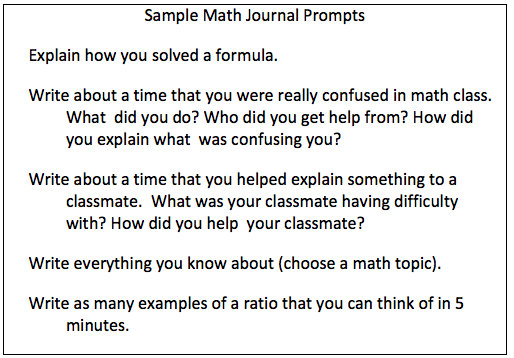


































Great way for students to self assess. Teachers need to remember to do this with fidelity. Thanks
Thanks for the informative way of making sure that my students are getting along with lessons. I’m going to give each strategy a try.